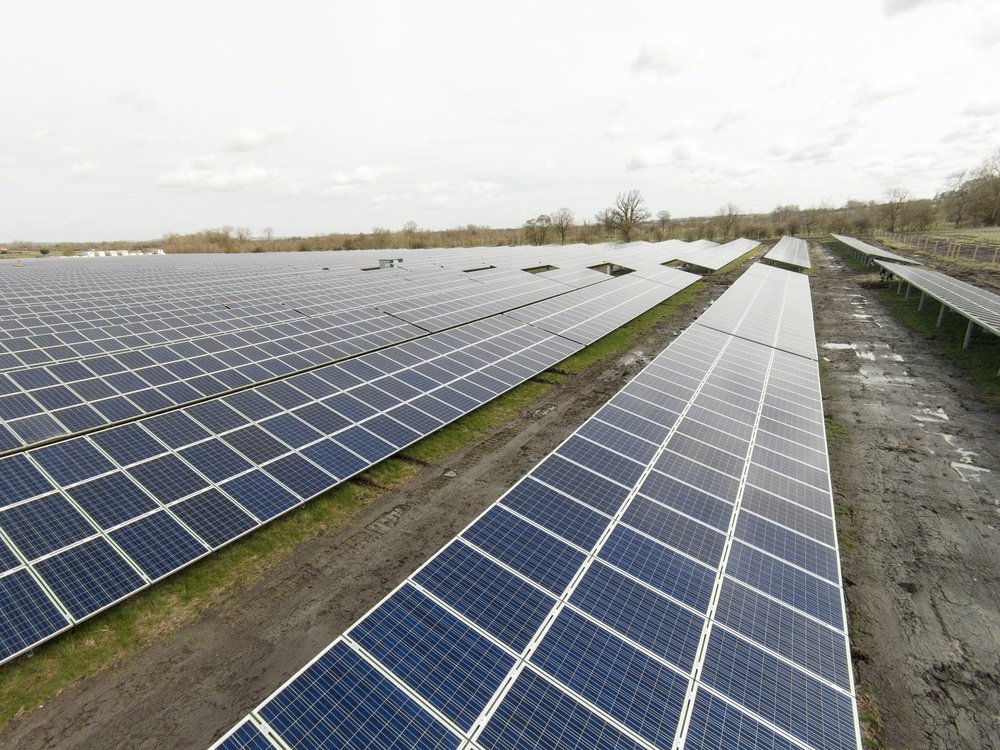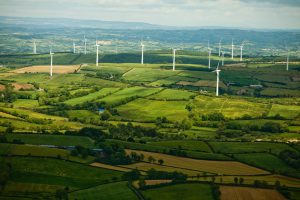A study on the benefits of co-locating solar energy and sheep grazing shows that sheep grazing in the shade of PV modules may produce higher-quality wool than those on traditional agricultural properties.
Renewables developer Lightsource bp says a study of the quality of wool produced by sheep grazing among the panels at its 174 MW Wellington Solar Farm in New South Wales, Australia, highlights the potential of solar farms to complement agriculture without compromising productivity.
The Wellington project, situated on 320 hectares of grazed agricultural land about 50 km southeast of the city of Dubbo, has been home to a flock of about 1,700 Merino sheep over the past three years.
A study, conducted by environmental services company EMM Consulting in collaboration with agribusiness group Elders Rural Services, has compared the wool of sheep grazed within the solar arrays to those in traditional pastures.
“The findings suggest that the co-location of solar farming with sheep grazing is not negatively impacting wool production, even in the case of pre-existing high-quality standards,” Lightsource bp said in a statement. “Some parameters even indicate an improvement in wool quality, although conclusive benefits require further long-term measurement.”
Emilien Simonot, head of agrivoltaics at Lightsource bp, said the results show that it is possible to bring together a renewable energy project with traditional livestock management techniques to produce benefits for both enterprises.
Read more: pv-magazine






